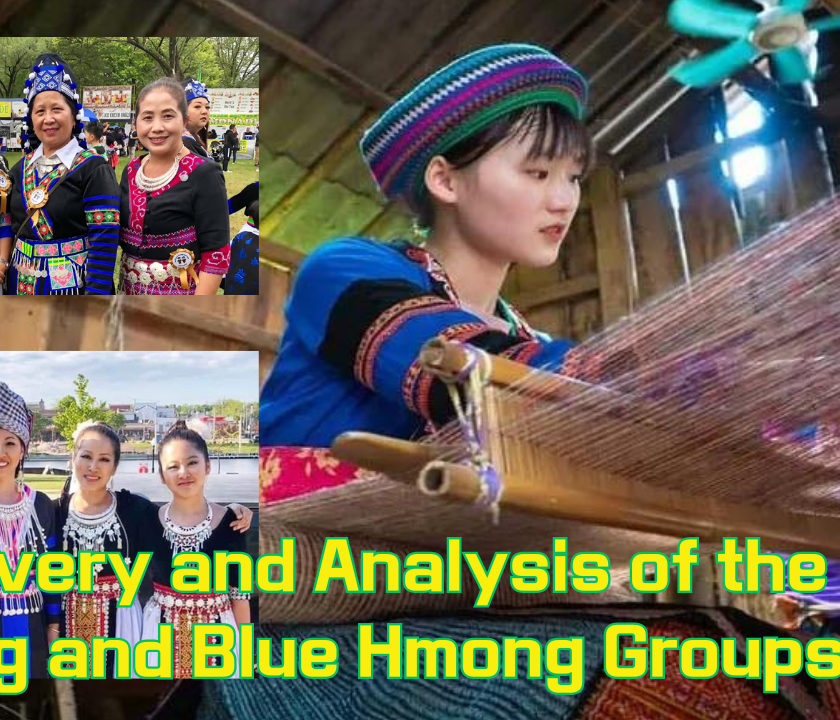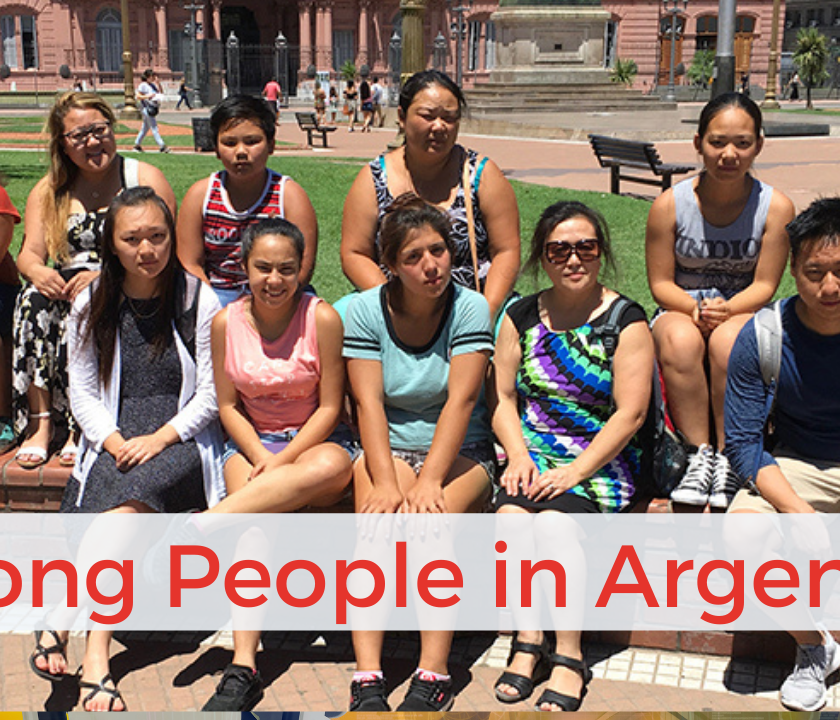Learn about the Hmong People in Yunnan, China

Yunnan, located in the far south of China, is renowned for its remarkable biodiversity, picturesque landscapes, and, notably, its rich ethnic tapestry. Amongst the province’s myriad of ethnic groups, the Hmong people stand out with their vibrant culture, history, and traditions. As we delve into the realms of Yunnan, we embrace an opportunity to explore and understand the Hmong community, a people rooted deeply in their unique heritage and symbiotic relationship with nature.
A Glimpse into Hmong History
Originating from the mountainous regions of China, the Hmong people have a storied history that intertwines with various nations across Southeast Asia. Historically, the Hmong have been identified as skilled cultivators, developing innovative agricultural practices suitable for the hilly terrains they inhabit. The community is renowned for its resistance to assimilation, preserving its culture, language, and traditions despite external influences and migrations.
Cultural Tapestry: Vibrant and Diverse
The Hmong culture is a splendid mosaic of colorful textiles, traditional music, and folk tales passed down through generations.
Traditional Attire
Hmong traditional attire is a splendid exhibit of their fine textile arts. Bright, intricately embroidered costumes, often adorned with silver jewelry, are a hallmark. Women typically wear pleated skirts, vividly embroidered with complex patterns, while men often wear black trousers and jackets, complemented by a head wrap.
Festivals and Celebrations
Hmong New Year is one of the most celebrated festivals, marked with vivacious displays of traditional music, dance, and a plethora of vibrant costumes. The event serves not just as a celebration but also as a conduit for passing down traditions and facilitating matrimonial alliances amongst the youth.
Language and Linguistics
The Hmong language is a member of the Hmong-Mien language family and is notable for its usage of seven to eight tonal pitches. In Yunnan, the language has managed to survive and flourish, acting as a robust medium through which history, tales, and traditional knowledge are communicated through generations.
Socio-Economic Landscape
Agriculture has been the backbone of the Hmong economy for centuries. Utilizing the mountainous terrains of Yunnan, they have developed terraced farming techniques, primarily cultivating rice and maize. Additionally, they engage in animal husbandry, rearing animals such as chickens, pigs, and cows.
While many Hmong continue to adhere to their agricultural roots, there is a gradual shift, especially amongst the youth, towards urban areas in pursuit of education and alternative employment opportunities.
The Hmong Spiritual World
The Hmong people exhibit a profound spiritual connection to nature, believing in a world inhabited by spirits that influence their daily lives and well-being. Rituals, shamanic practices, and ancestor veneration are pivotal in maintaining harmony between the physical and spiritual realms. The shaman, a spiritual intermediary, plays a vital role in healing, divination, and maintaining the spiritual balance within the community.
Modernity and Challenges
The Hmong, while proudly conserving their traditions, are navigating the waves of modernity and globalization. Younger generations are negotiating the delicate balance between preserving their traditional cultural identity and integrating into the broader socio-economic landscapes of China and beyond.
Challenges persist, such as ensuring equitable access to education, healthcare, and economic opportunities, while safeguarding their cultural, linguistic, and environmental heritage.
In Conclusion
Exploring the life, culture, and traditions of the Hmong people in Yunnan provides a rich, vibrant glimpse into a community that has weathered the sands of time, maintaining a resolute adherence to its cultural roots. As the Hmong navigate the path ahead, the essence of their identity — steeped in rich traditions, a symbiotic relationship with the land, and a resilient spirit — continues to shine brightly, symbolizing the beautiful diversity of humanity’s global tapestry.
Note: Engaging respectfully with indigenous communities and ensuring their stories, cultures, and traditions are respected and accurately represented is of paramount importance. Always approach such explorations with sensitivity and an openness to learn and understand.
3Hmoob #Hmong #Hmoob






Responses